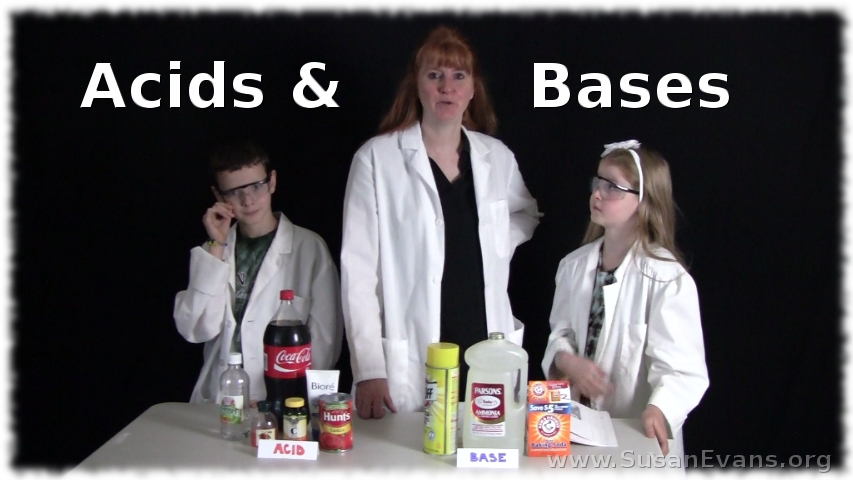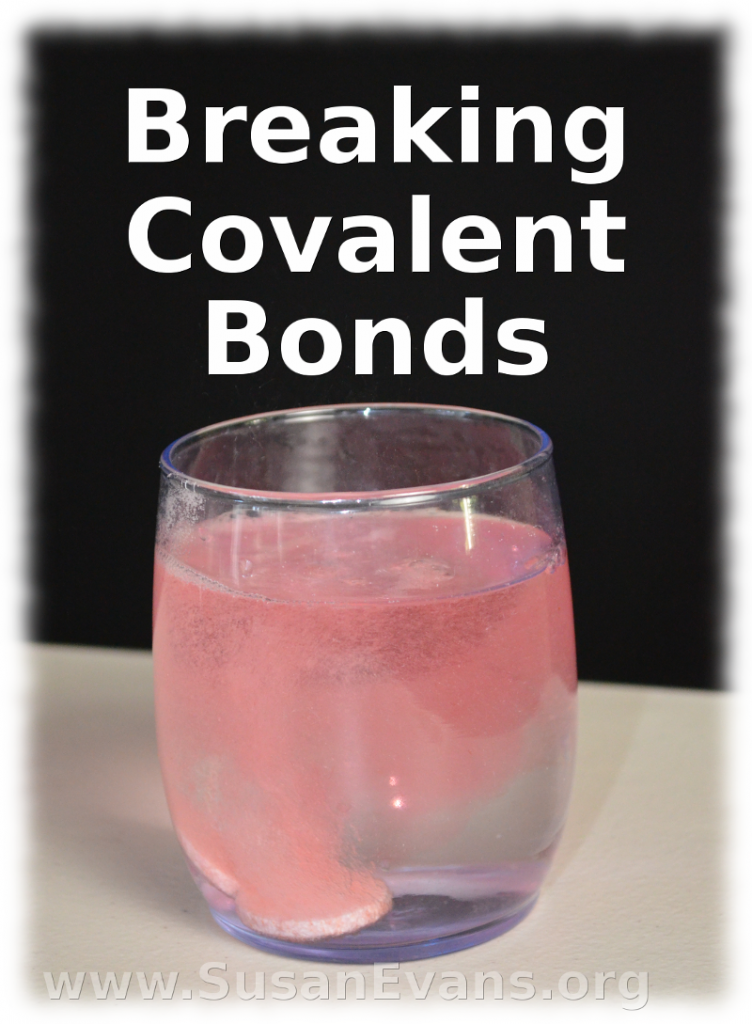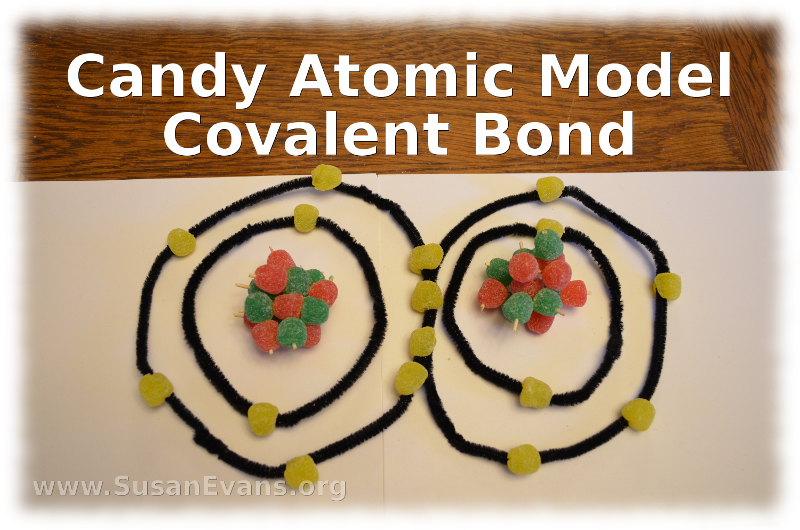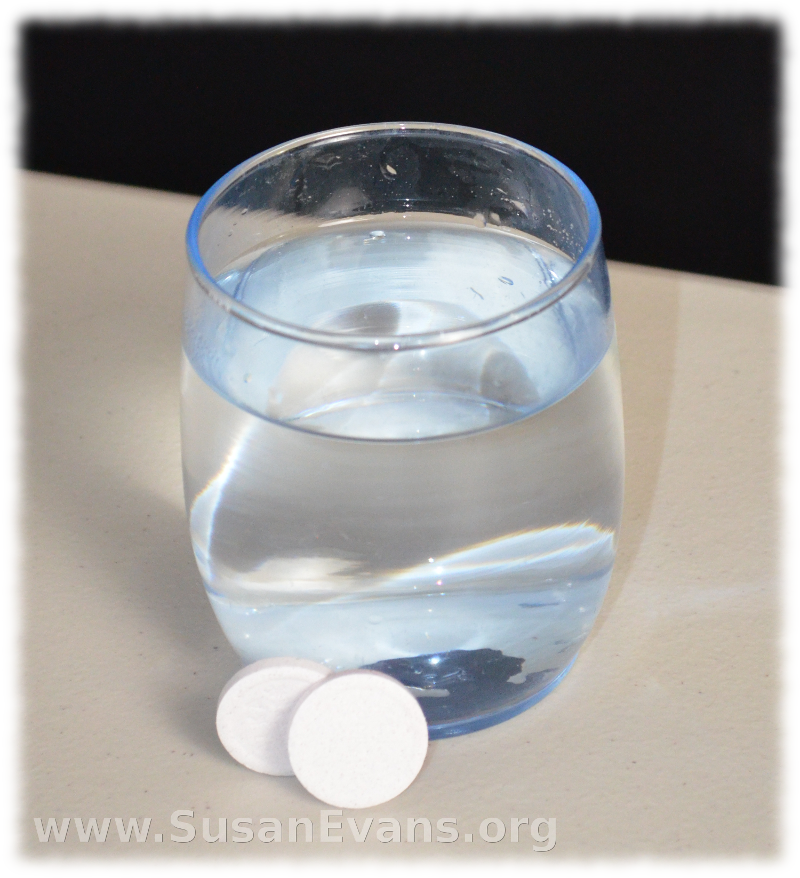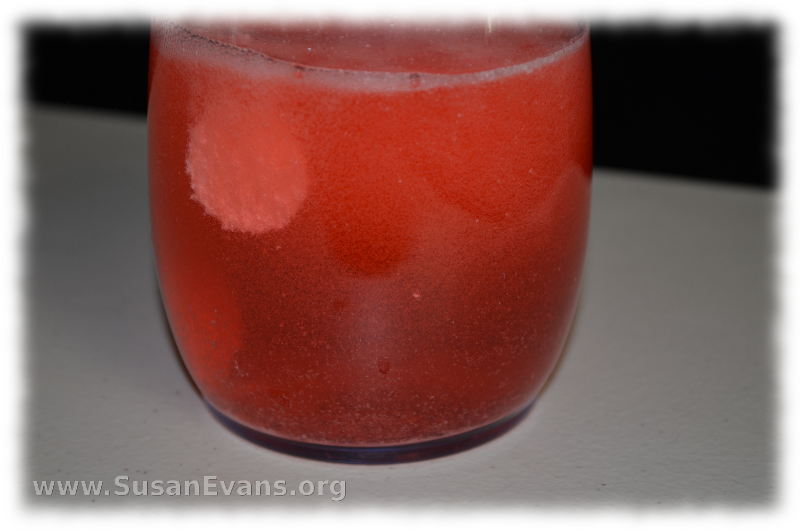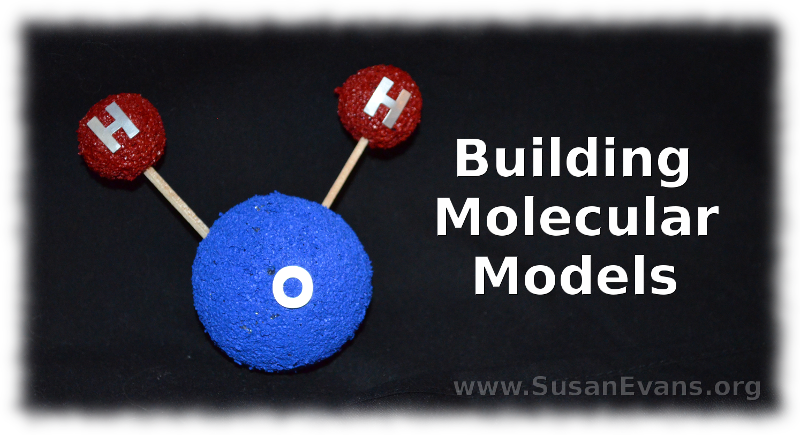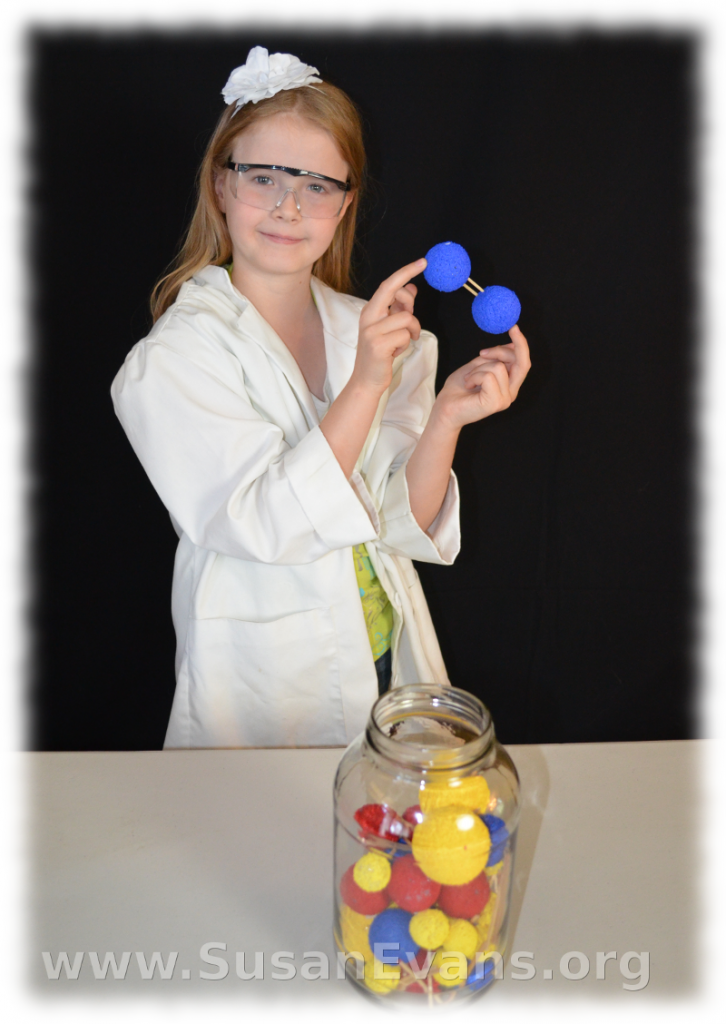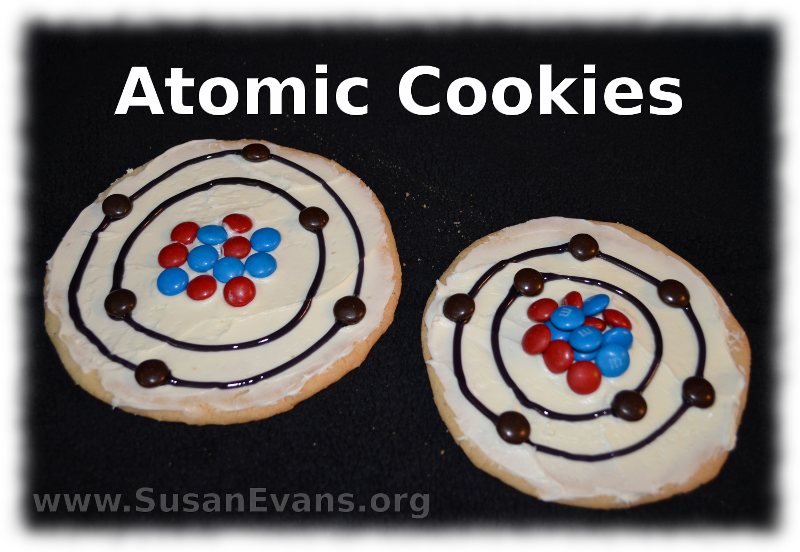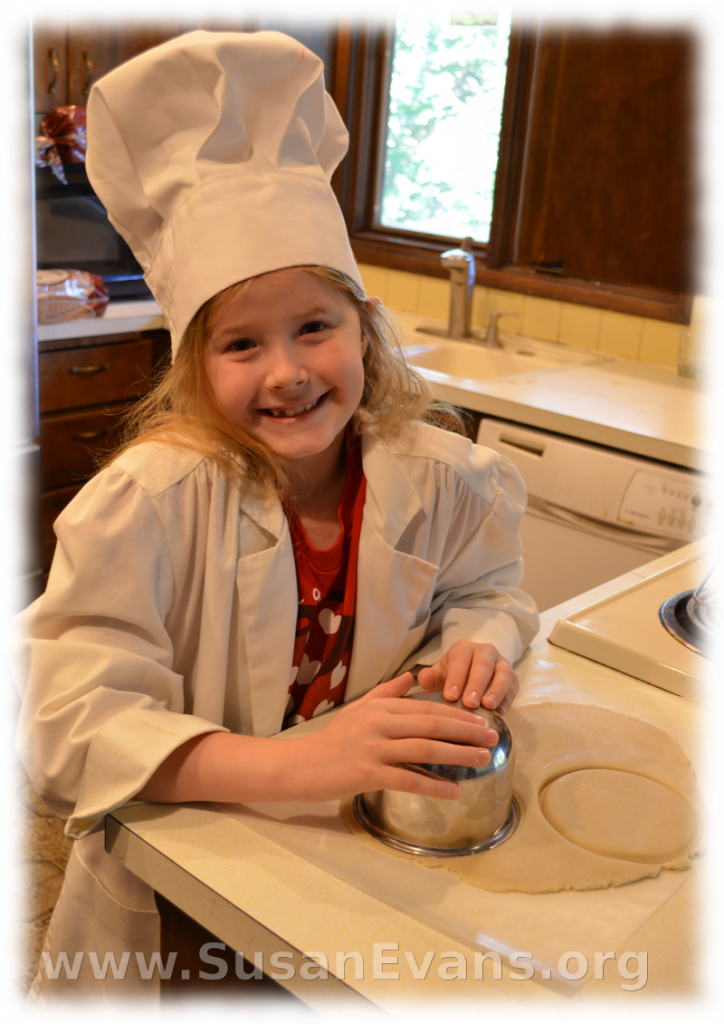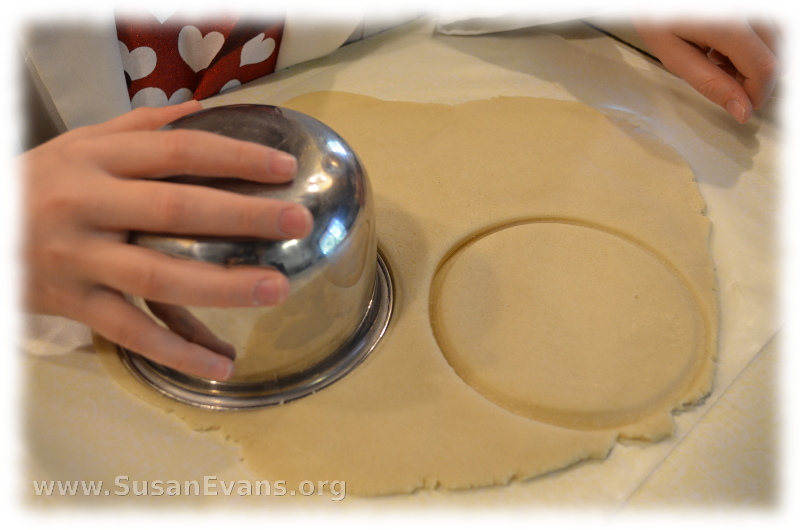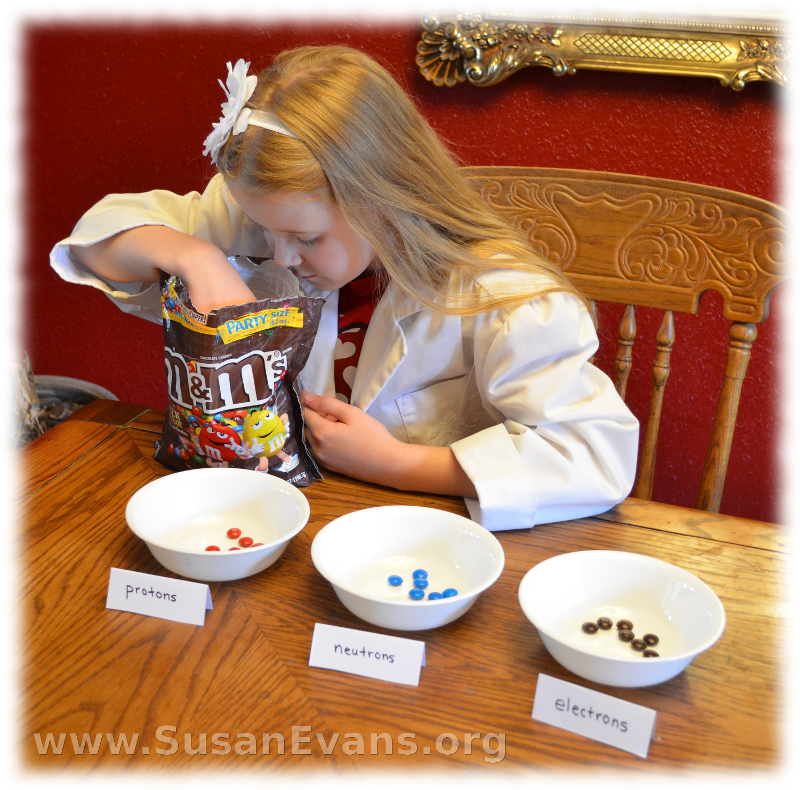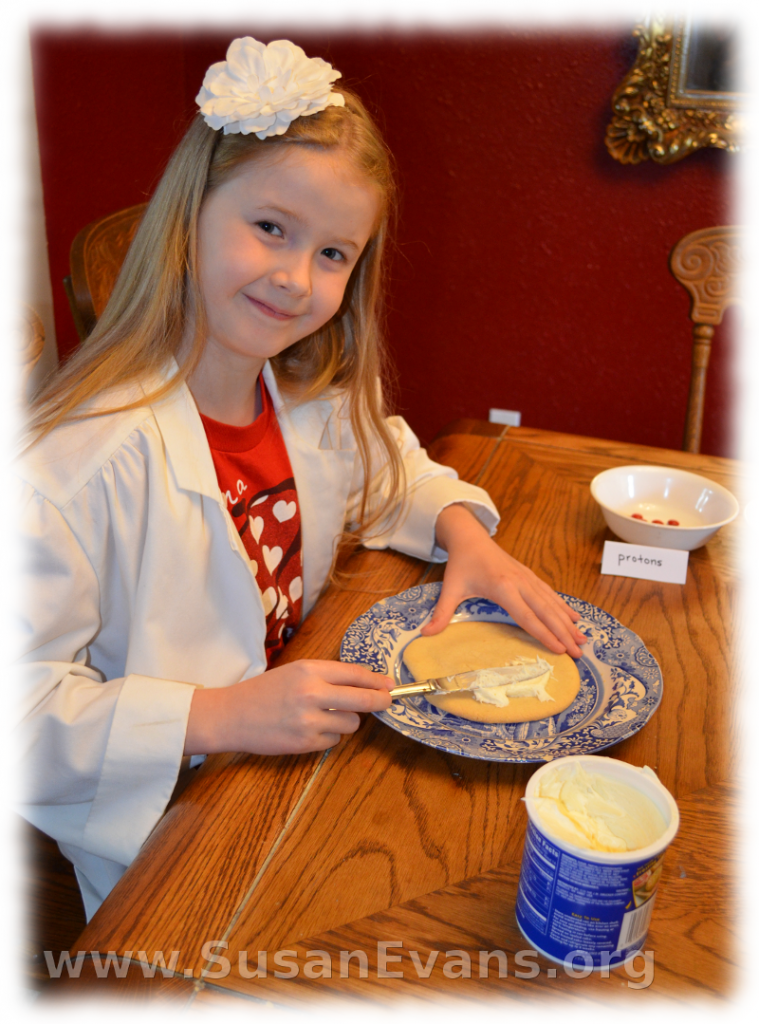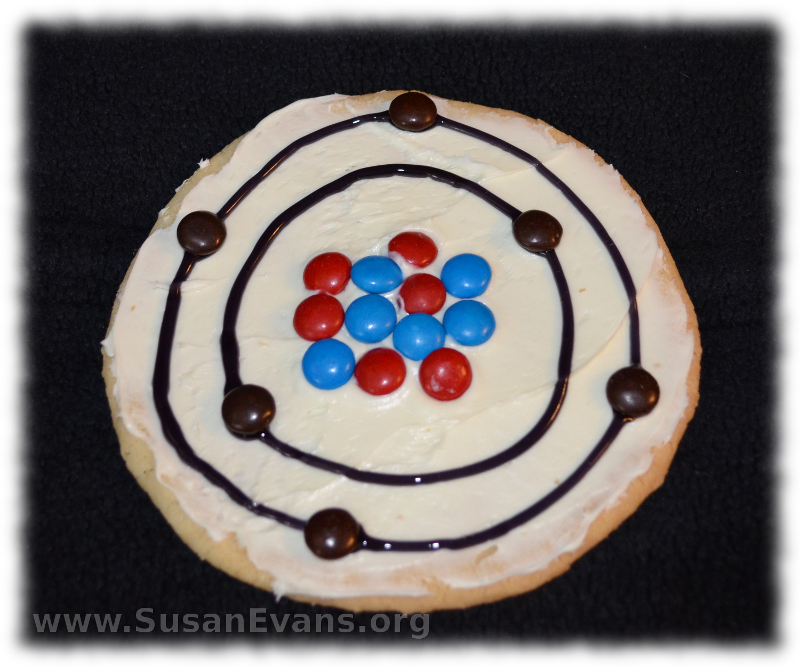This post contains affiliate links. I was compensated for my work in writing this post.
Today we are talking about acids and bases, and we will be doing an experiment to show what happens when you combine an acid and a base. We are using Christian Kids Explore Chemistry by Bright Ideas Press to study elementary-level chemistry this year with my younger two kids.
First we went through the house opening cupboards, trying to find acids and bases. The book gives some examples of chemical names for acids and bases, and you can see if you can find those chemicals by looking at the list of ingredients for household cleaning products and food.
Here are some of the items we came up with:
Acids
- Vitamin C–ascorbic acid
- Tomato Sauce–citric acid
- Face Cleaning Product–salicylic acid
- Bubble Bath–citric acid
- Soft drinks–phosphoric acid
Bases
- Ammonia–ammonium hydroxide
- Oven Cleaner–sodium hydroxide
- Baking Soda–sodium bicarbonate
Acids and Bases Experiment
Now we are going to conduct a simple experiment that shows what will happen when you combine an acid and a base:
If you want to see this fun explosion in blue and red, check out these posts:
- Vinegar and Baking Soda Experiment (blue explosion)
- Make Your Own Volcano (red explosion)
Don’t combine just any acid with any base, or you could create toxic fumes that could kill you.
So what is the difference between an acid and a base? Acids are chemical compounds that donate or give away a proton (hydrogen ion) during a chemical reaction. Bases receive a proton (hydrogen ion) during a chemical reaction. So when you see this reaction with the vinegar and baking soda fizzing, the acid (the vinegar) is giving away a proton, and the base (the baking soda) is receiving the proton. Isn’t that cool?
